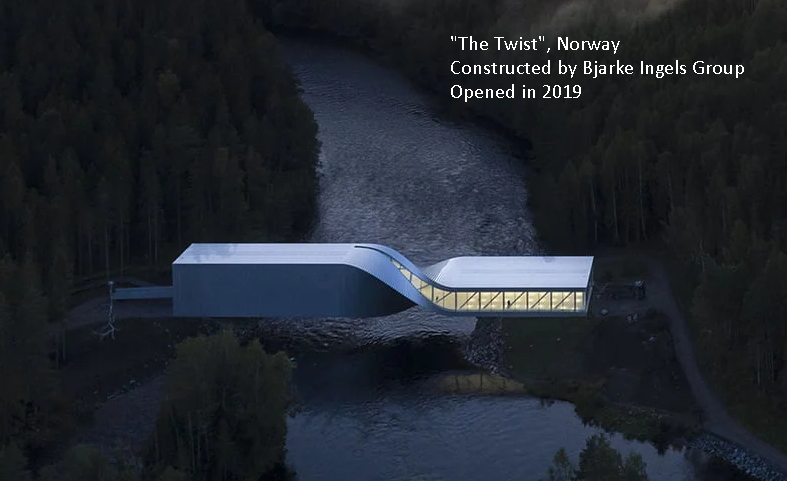Modern architecture is developing due to such drivers as adaptability, multitasking, cost-efficiency, and environmental friendliness. Projects designed by Bjarke Ingels (2021) include all these features. The buildings adapt to the environment and society’s needs. For example, a skyscraper built in Vancouver is located in a small area, so its first floors are also small, but the higher the floor, the larger the area. A building that is covered with an opaque material only from one side and reflects the sun from another side allows reducing electricity costs. Bridges are decorated with paintings, becoming a piece of art.
A museum that is being constructed in Norway is planned to serve both as a museum and a bridge. Thus, Ingels’ projects are remarkably creative, as they are built with the minimum usage of resources but are very multitasking. For example, a student dormitory that is functioning due to marine and solar power, or a roof where it is possible to ski. A Lego building also illustrates the creative approach of this architect, being at the same time a huge free museum where people can touch all the exhibits.
These architecture projects answer the demands of culture, climate, diversity, and equity. It is important for the development of society because inefficient buildings created according to outdated patterns are an obstacle to consciousness. If people live in a depressive environment, they feel less motivated and inspired than if they lived in a smart high-tech building created with consideration of people’s needs. Thus, on the one hand, modern architecture is efficient due to its physical characteristics. On the other hand, it has a psychological impact on society, making people think about the future. Such projects expand the frontiers of people’s minds and make them think out of the box.

References
Ingels, B. (2021). Floating cities, the LEGO house and other architectural forms of the future. TED. Web.
Bianchini, R. (2019). Bjarke Ingel’s “The Twist” bridge museum at Kistefos, Norway. Inexhibit. Web.